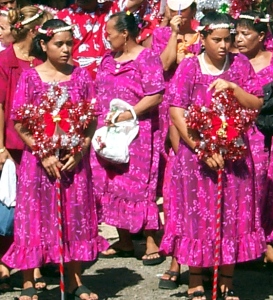
This document is an odd collection of images of overseas Kosraen choirs marching along with estimates of the number of Kosraens in that overseas community.
Unfortunately I was unable to capture an image of the Ebeye-Marshallese-Kosraen group in their green dresses. There are an estimated 60 to 70 Kosraens, primarily from Lelu, married into the Ebeye population.
A Compact-Impact census listed 200 Kosraens on Guam, but Kosraens from Guam noted that this was widely thought to be an undercount. Some Kosraens were not counted. The children born to Kosraens living and working on Guam are considered American citizens and were also not counted.

Like Ebeye, the connections between Kosrae and Nauru are by marriage and blood. Neither are a migration destination for Kosraens. Counting Kosraens on Nauru is difficult at best as Nauruans who have any Kosraen ancestry count themselves as partially Kosraen. Estimates run as high as 2500 Nauruans who claim to have Kosraen blood lines in their ancestry.
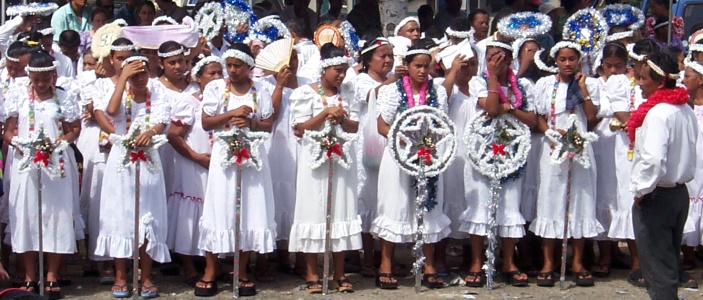
The Hawaii diaspora consists of at least four distinct communities: Honolulu/Oahu, Maui, Hilo, and Kona. The Maui community is currently consisted an offshoot of the Honolulu community and the Hilo community is primarily students and seems to be somewhat more transitory. Both the Honolulu and Kona communities are working communities.
The Honolulu community is the largest overseas community. The adult population is estimated at 600. Children born in Hawaii are taking American citizenship, hence the issue of how to count children who may never return to a land they never knew remains unresolved. With children the community is thought to number 1000. Counting is difficult due to the flow of Kosraens to and from Honolulu seeking minimum wage work in Waikiki and elsewhere. The Honolulu community is large enough to hold church services. On Thursday evenings the sounds of Kosraen singing might be heard at Ala Wai park as older members of the community gather to sing and pray. Along the Ala Wai canal are places young Kosraens can be found living and working.
There is a small student community at Manoa and Chaminade in Honolulu, the numbers are thought to be small. These students, however, often marry and find work in Honolulu whether or not they graduate and thus become a part of the Honolulu community.
The Maui community is thought to be about 100 strong.

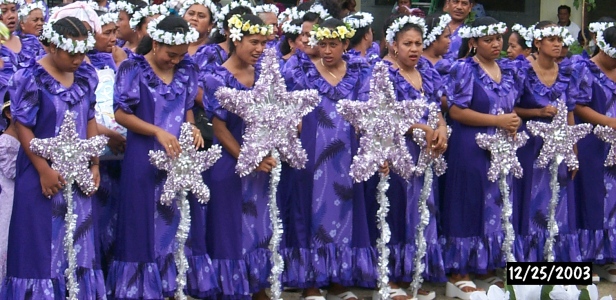
The Kona community is a working community with the bulk of the Kosraens working in the tourism industry. There are about 200 Kosraens in the Kona community. A number of the young Kosraens are former students at the University of Hawaii at Hilo. The existence of the working community appears to provide opportunities for housing and lodging for young Kosraens at the Hilo campus. Like Honolulu, this community is large enough to hold its own church services.
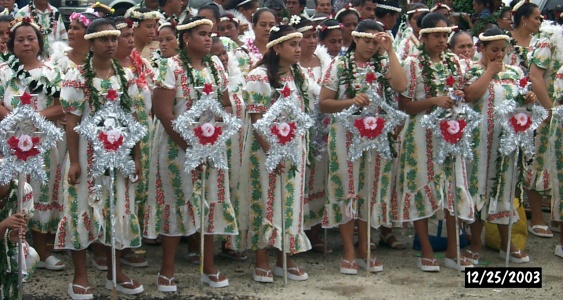
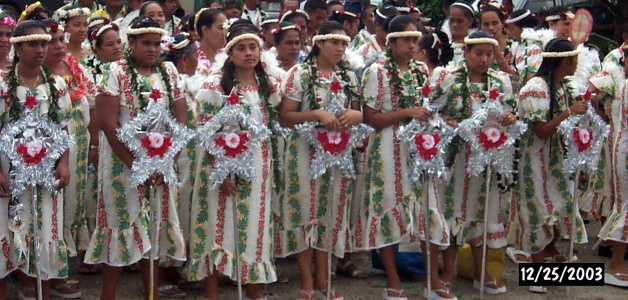
The Seattle community may be the largest in the United States at this time, although some in the Seattle community think the Texas community is larger. The Seattle estimates itself at 200 Kosraens and indicated that there are at least that number in the Houston metropolitian area and elsewhere across Texas. Kosraens can also be found in Oregon in the Willamette valley, in Florida, and in the Virginia Beach/Ocean City metropolitan area. Kosraens are also often found in the vicinity of army or other military bases where they were once stationed. With a floor of 200 in Seattle and 200 in Texas, there are probably on the order of at least 600 Kosraens in the Continental United States. Anecdotally there have been Kosraens in Alaska as well.
The Seattle community may or may not be the largest, but it appears to the most mature and culturally developed. The Seattle community has church services although they lack a pastor. The community clearly would like to have a pastor at some point.
The Seattle community is a stable and working class community. Young Kosraens work in the fast food industry, in warehouses, and as security guards. Their skills in English and mathematics and a willingness to work in the minimum wage sector have kept their employment rates high. Elder Kosraens with long experience in the state act as cultural advisors trying to help steer the young Kosraens clear of problems.
Some of the concerns of the elders in regards the youth include the running up of credit card debt. Many young Kosraens are looking for a quick way to make big money and then go home again. The elders act as a brake on this and help keep the community from straying from the path. Their presence is clearly critical to the stability and functionality of the community.
The Seattle community leaders noted that a Kosraen with a high school degree and good English skills can certainly find work in Seattle. Anyone with an associate's degree would be all that more assured of employment. Specific skills that would benefit a Kosraen seeking work include computer skills, accounting, and basic business skills. One Kosraen is working with the postal security service in Seattle and another works in an "aircraft area." Both appear to require security clearances, an indication that Kosraens have access to jobs that other foreign nationals might not have.

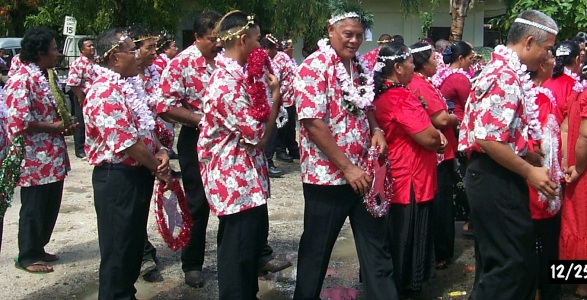
The Pohnpei-Kosraen community is also difficult to estimate. The community consists of a core of Pohnpei resident Kosraens, about 200 Kosraens. There is a continuous flow of Kosraens back and forth for business and medical purposes. There are Kosraens on every flight between Pohnpei and Kosrae in both directions. In addition there are the Kosraen students at the national campus of the College of Micronesia-FSM on Pohnpei. The result is community with a stable core and large transitory community super-imposed on the core. Each summer many of the national campus Kosrae students go home to Kosrae for the summer, hence the fluctuations over time can be large.
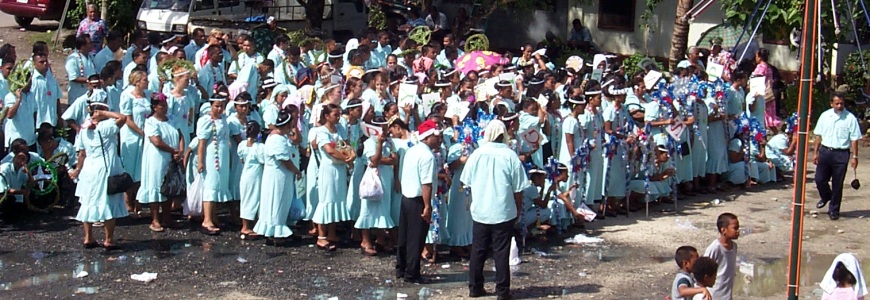
The front line, wearing an all synthetic material, was warm in the tropical sun.
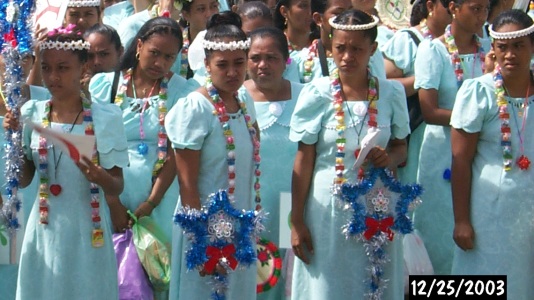
A leading member of women's community, Abigail Nena Segal, can be seen in the second row at the center of this image.
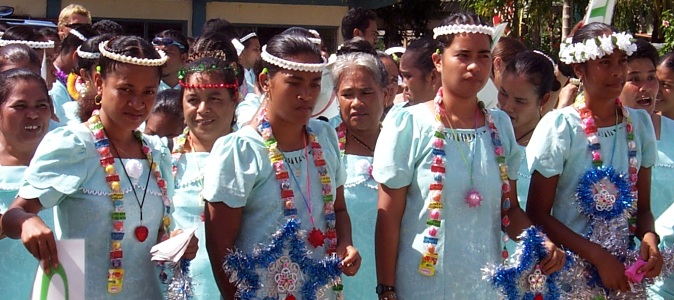
Abigail's daughter-in-law, Emliana Nedlic Segal, can be seen in the second row of this image. On the right side of the image is one of the two lead star bearers, Hannah Kilafwasru, a student at the national campus.
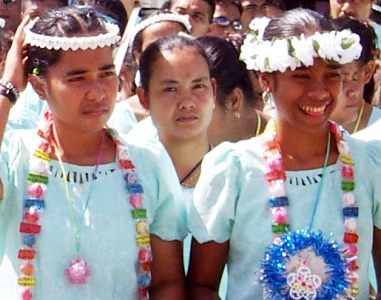
The two lead star bearers come up the center of the church.
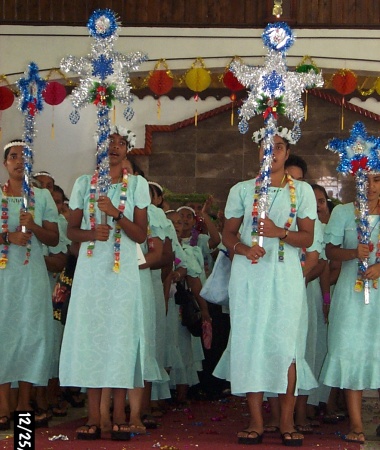
The Pohnpei-Kosraens live primarily in the small central town of Kolonia on Pohnpei. This allowed the community to meet regularly to practice and allowed for the execution of a complex march. Ensuring that the women will end up in the correct order to spell out a phrase is much harder than it might seem in the world of Kosraen formation marching. This also indirectly speaks to the skills of the Pohnpei-Kosrae community. Their ability to cope with a very complex marching pattern is indicative indirectly of the level of education found in the community. The permanent community has many members working in the national government or business communities as owners and operators.
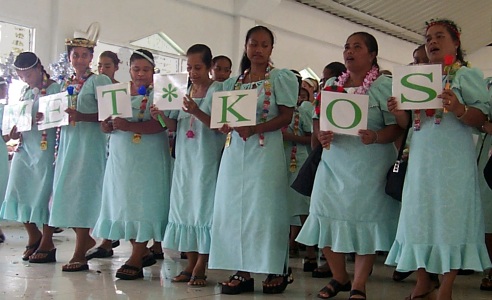
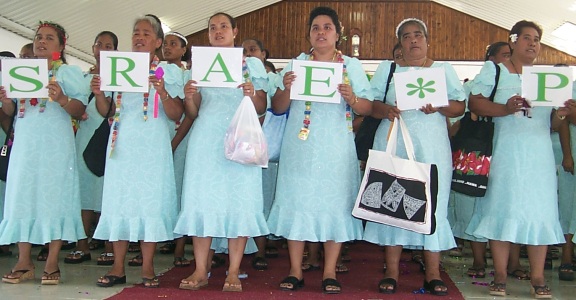
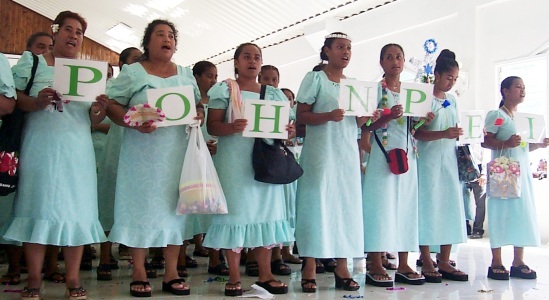
The following is an image of the youth of Malem, an internal marching group, preparing to march. The 2000 FSM census lists the population of Kosrae as 7663.
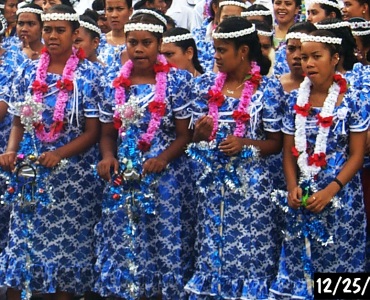
| Location | Conservative Estimate | Possible Estimate |
|---|---|---|
| Guam | 200 | 300 |
| Honolulu | 600 | 1000 |
| Kona | 200 | 200 |
| Maui | 100 | 100 |
| Pohnpei | 200 | 200 |
| Seattle | 200 | 200 |
| Texas | 200 | 200 |
| USA Other | - | 200 |
| Sums: | 1700 | 2400 |
| Est. Total Pop.: | 9363 | 10063 |
| Percentage: | 18.2% | 23.8% |
Depending on the estimates used, on the order of 20% of the Kosraen population is abroad. There is a strong possibility the percentage is higher. Published estimates by the US census bureau suggest that 15,000 FSM citizens are abroad. With a population in the FSM of 107008, the portion abroad is roughly 17%. Either the census estimates on the numbers of FSM Micronesians abroad are low or the Kosraens are more likely to emigrate.
For Kosrae the percentage abroad is significant. Money and goods sent home represent de facto exports for the Kosraen economy. At home the fish processing plant has failed, the dry dock is inactive, citrus agriculture has been decimated by a canker blight, and tourism remains a small economic niche. The best laid plans of the government have come to nought to date. The diaspora and its resources are Kosrae's most significant asset. Key to developing this resource would be increased funding for education and cultural conservation.